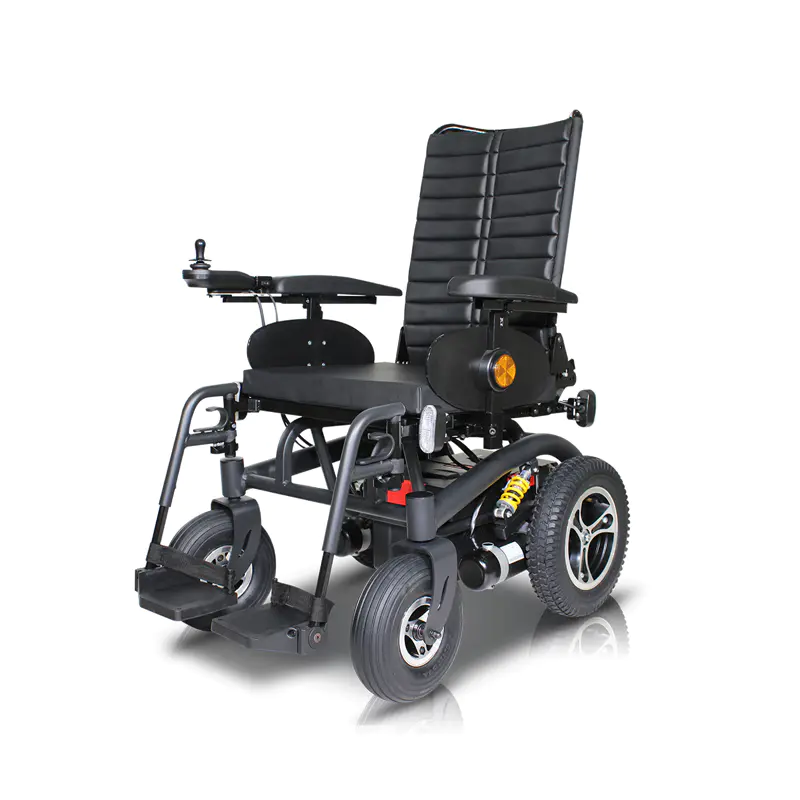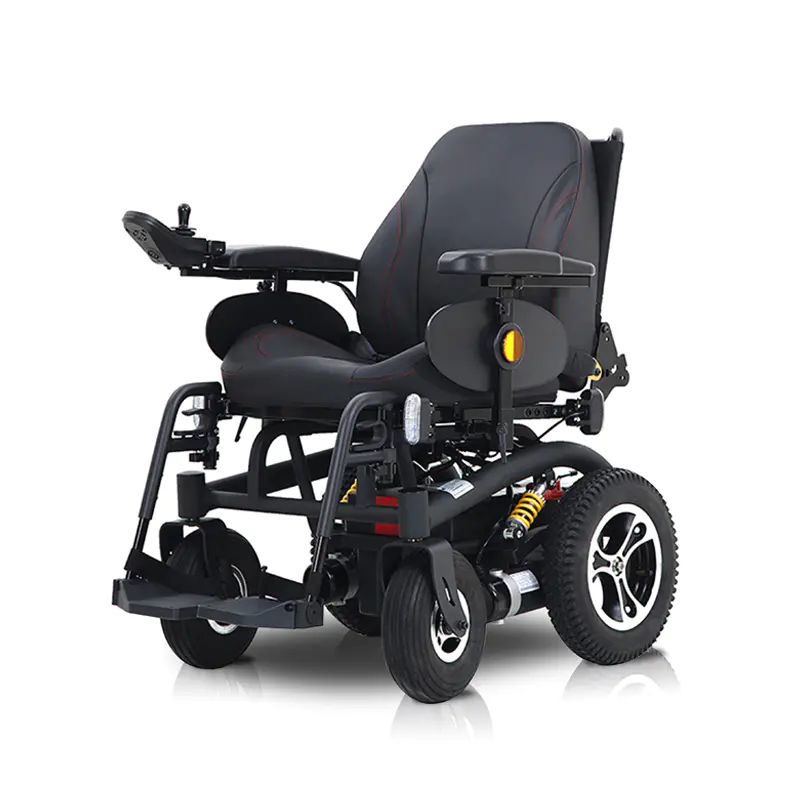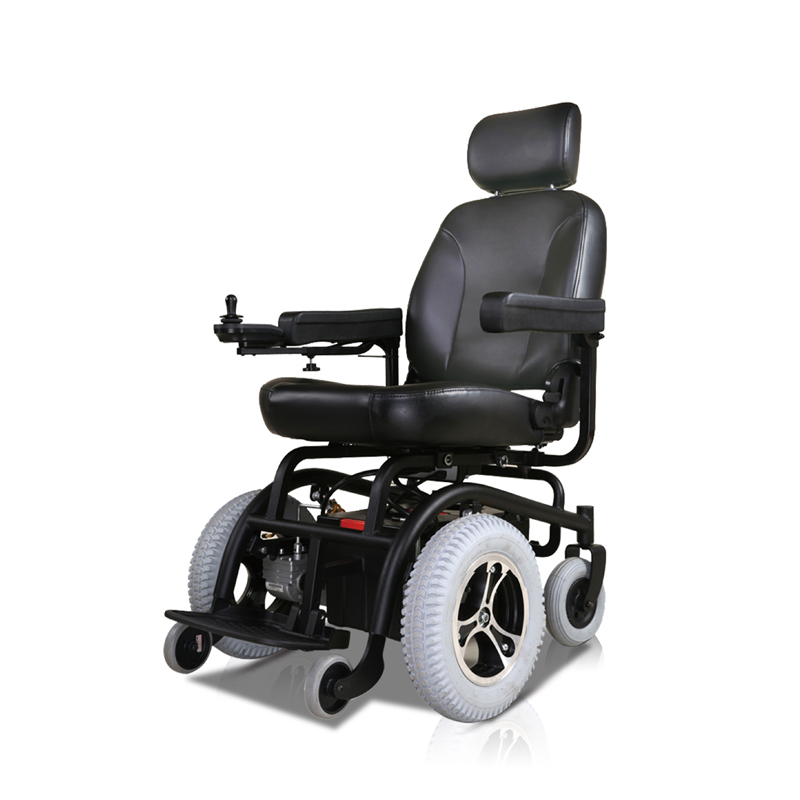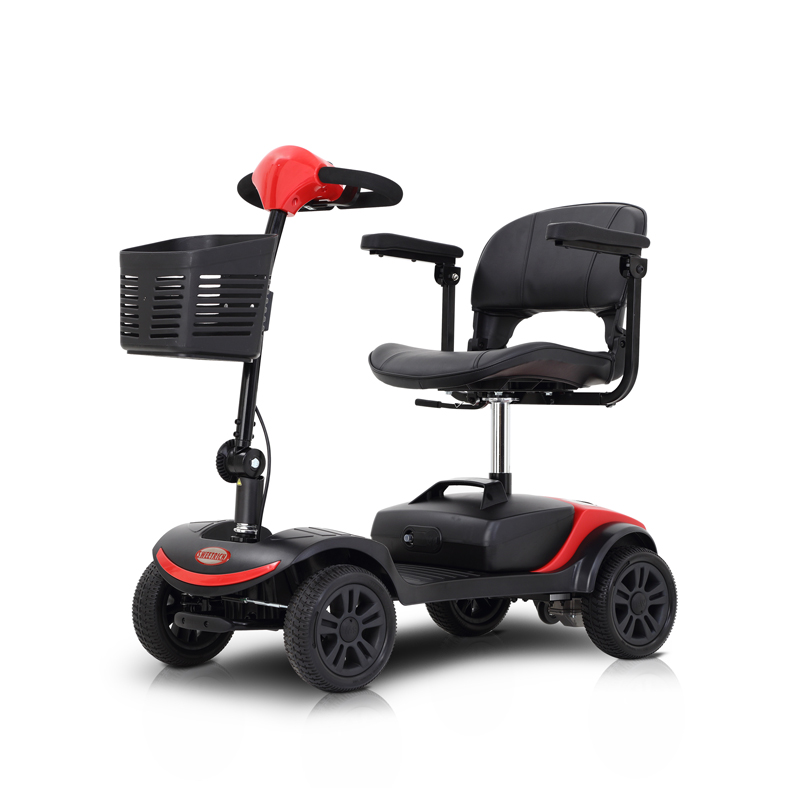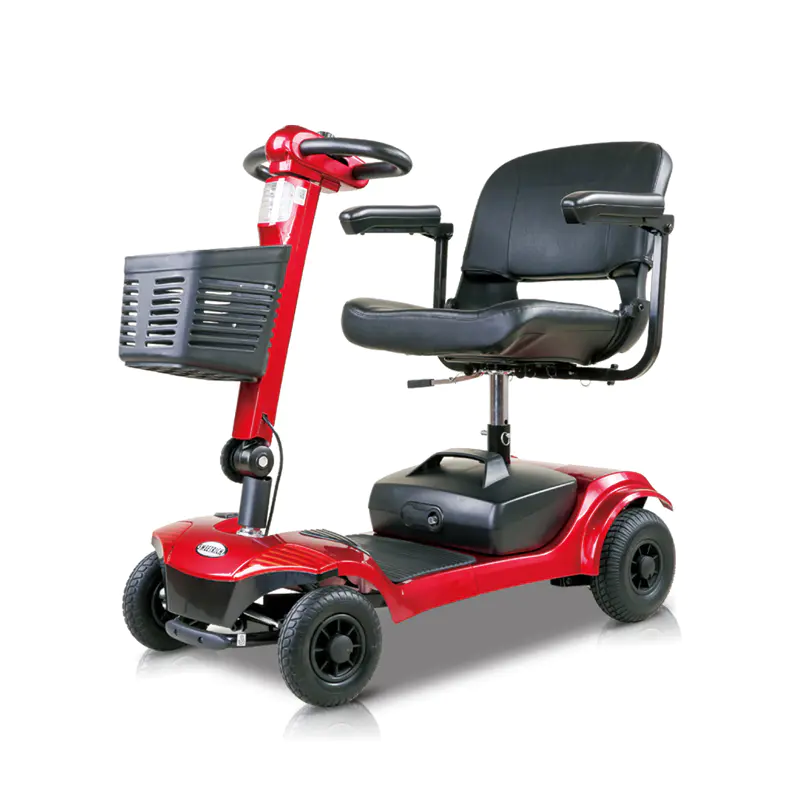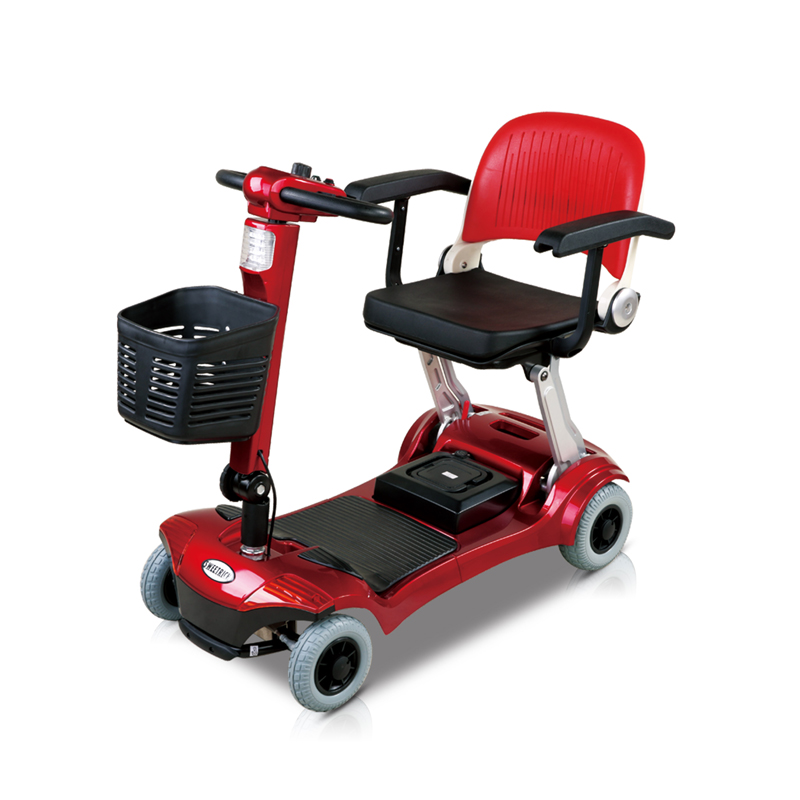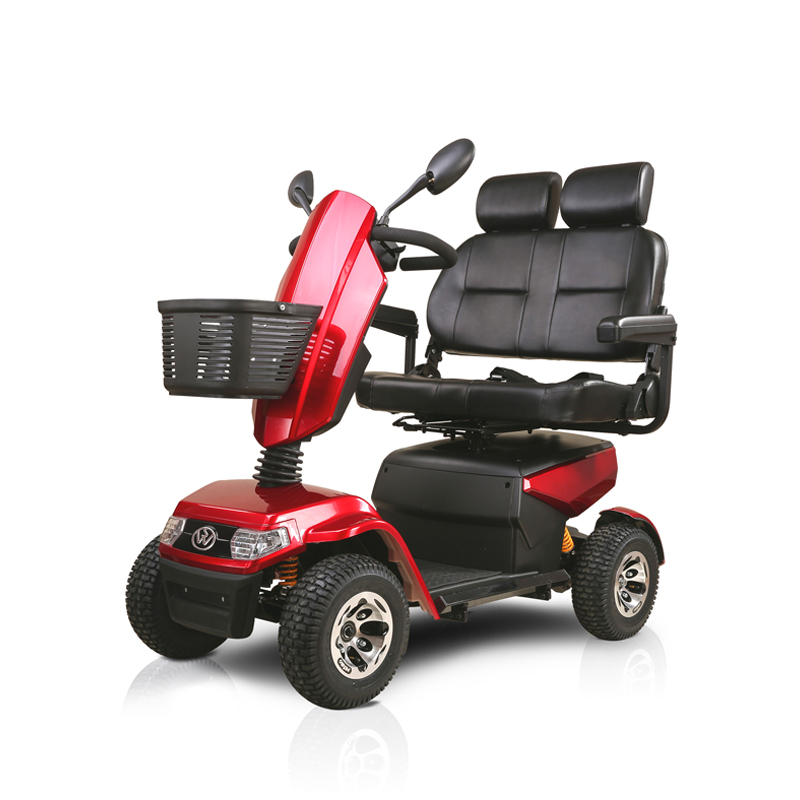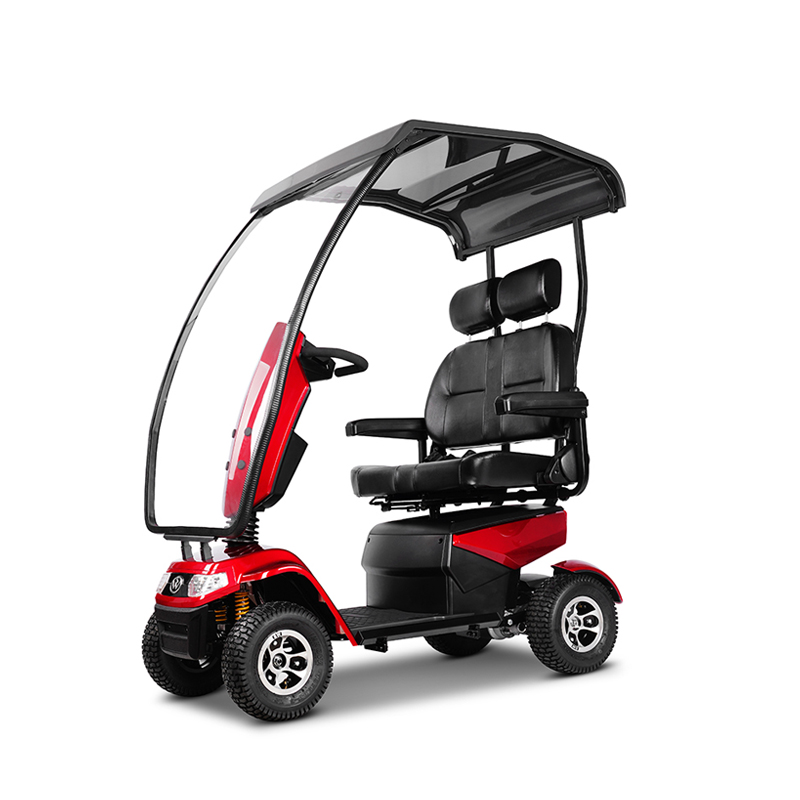The Birth of Triangular Rhythm: The Mechanical Metaphor of the Number "3"
When commuters around the world are trapped in the balance paradox of two-wheeled scooters, a set of basic geometric formulas are reshaping the genetic map of mobility tools. The equilateral triangle structure composed of three sets of rubber tires draws a subversive physical declaration on the asphalt road surface - the dynamic support structure formed by the front double-wheel guide system and the rear-drive single wheel allows an octogenarian and a seven-year-old child to share the same control confidence. This design philosophy, which engineers call "the law of contact that never leaves the ground", is announcing to the world through the name "3-Wheel Scooter", which is as precise as a protractor: stability has never been a gift, but a calculable scientific gift.
Universal Pass: Mobile Democracy that Tears Away Age Barriers
An wave of inclusiveness is spreading across the urban commuting landscape. At the intersection of the financial district in the morning mist, office workers in suits and ties wait for the green light with one foot touching the ground, their briefcases motionless on the widened pedals; at the school gate at 3:10, a 12-year-old boy completes a right-angle turn without slowing down, and the wheels roll out a smooth Z-shaped track on the rainwater manhole cover; in the community supermarket under the setting sun, a three-wheeled vehicle converted into a cargo rack carries 20 kilograms of daily necessities across the gravel road. When mobile tools begin to actively eliminate the physiological differences of users, the streets will truly return to being an extended stage for human activities.
Tri-Force Engine: A mechanical poem hidden under simple curves
Strip off the visual camouflage of the streamlined shell, and the triple wheel system is performing a precise dynamic concerto. The front axle double wheels have a 5.3-degree camber angle to build a self-correcting system, which transforms road bumps into an elegant undulating rhythm; the combination of the rear wheel brushless motor and the gravity sensor makes the climbing process as counterintuitive as riding an escalator; even more subtle is the hidden mystery of the modular docking point - from child seats to express cargo boxes, various expansion components fit together as precisely as Lego blocks. This underlying logic, which users call an "evolvable mobile platform", is rewriting the survival rules of micro-transportation vehicles.
Wheel War: A Century-long Dialogue between Two-wheelers and Three-wheelers
On the radar chart of an independent evaluation laboratory in Brooklyn, two sets of curves are engaged in a silent century-long debate. When a traditional two-wheeled vehicle emits a harsh brake screech in a 15-degree slope test, the three-wheeled structure completes the gravity redistribution with four sets of grounding contacts; the vibration data spectrum on the cobblestone road shows that the three-wheeled vehicle reduces the high-frequency vibration to the green threshold of the human comfort zone; the surprising thing is the load limit test - when the two-wheeled frame shows metal fatigue stress lines under a load of 90 kg, the three-wheeled chassis still maintains geometric integrity with redundant support structures. Behind these cold data is the cruel evolution of the urban mobile safety paradigm.
Future wheel system: infinite extension of triangular philosophy
The real ambition of the three-wheel revolution is incubating the second stage of genetic mutation. The concept drawings leaked from the Tokyo R&D base show that the deformable wheelbase system will automatically shrink the vehicle into a single-line array in narrow alleys; the magnetic levitation wheel hub patent of the Zurich laboratory attempts to make rubber tires completely a historical memory; a more radical idea comes from Boston - capturing the slight changes in the center of gravity of the human body through a brain-computer interface to achieve predictive adjustment of wheel torque. When the infrastructure breaks through the cognitive cage of wheel number restrictions, the next chapter of human mobility history may be written by non-Newtonian fluids.
New Street Grammar: Spatial Narrative of the Three-Wheel Era
From Manhattan's High Line Park to Kyoto's Philosophical Road, the popularity of new mobile units is reconstructing the grammatical logic of urban texts. The traditional "parking anxiety" at the edge of the sidewalk is resolved by the vertical stacking system; the shared vehicle dispatch algorithm begins to include elderly communities in the service radius due to the exponential improvement of stability; even the urban road safety regulations have been revised for this purpose - in the latest draft of the German Ministry of Transport, "three-wheeled microcars" have been upgraded as an independent classification to obtain road rights. When each additional wheel is reshaping the power structure of the street, this change that began with mechanical geometry will eventually become a miniature footnote to the evolution of civilization.


